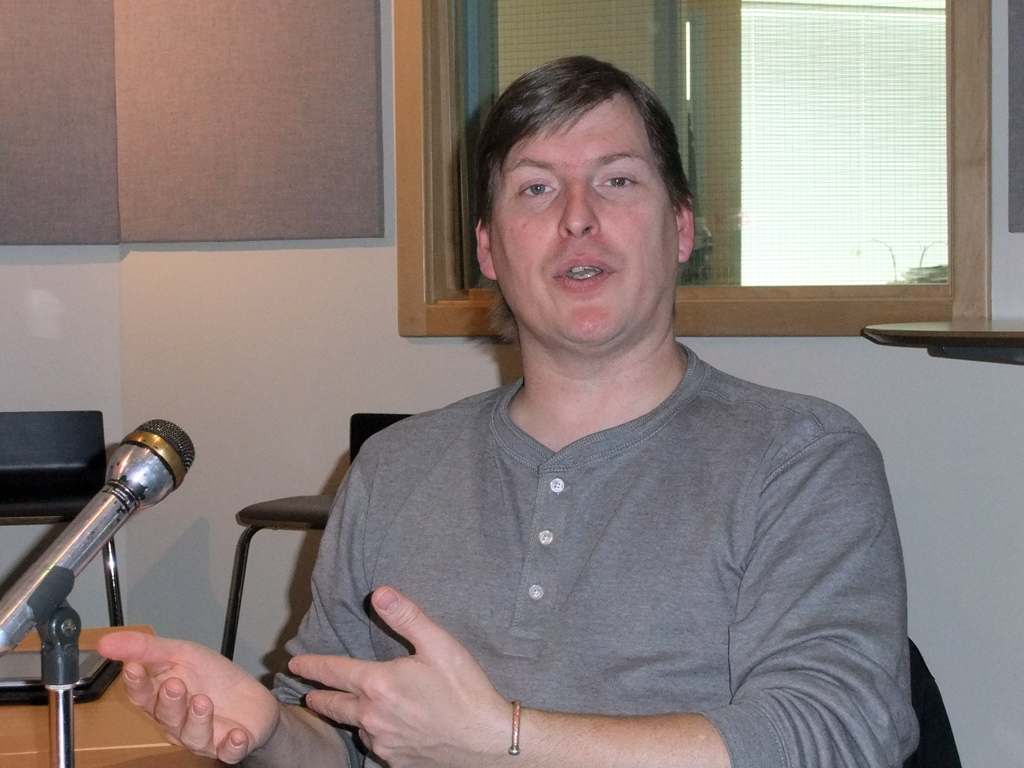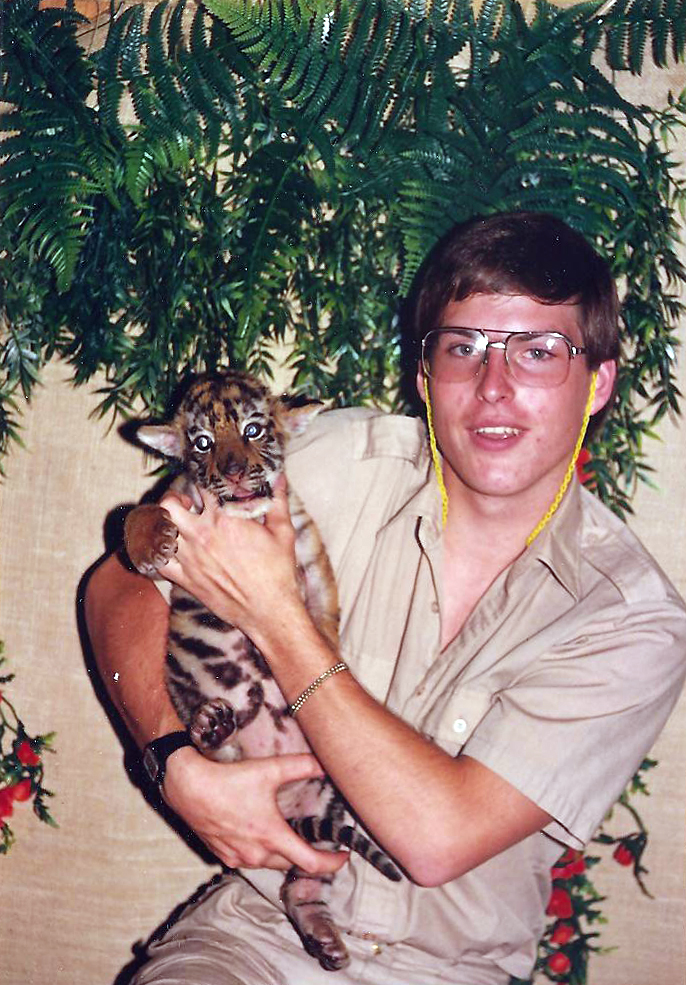December first is World AIDS Day. The annual observance started in 1988 to increase awareness and prevention of the disease.
The United Nations estimates that more than 35 million people worldwide were living with HIV in 2012. About 70 percent were in Sub-Saharan Africa, compared to 4 percent in North America.
But how bad is the disease in Alaska?

Aldwyn McCuistion is living with AIDS.
“I’m just not going to let it get me down.”
The 47-year-old Juneau man was first diagnosed with HIV in 1999.
“It was my own fault, pure and simple. I was promiscuous and should have paid more attention to things.”
HIV stands for human immunodeficiency virus that attacks certain immune system cells, called CD4, or T cells (white blood cells). It can destroy so many cells that the body can no longer fight infections or disease, leading to AIDS, or acquired immunodeficiency syndrome.
Dr. Beth Saltonstall is medical director for HIV/AIDS Clinical Services at the Alaska Native Tribal Health Consortium.
“AIDS is not a separate disease, it’s the end result of having chronic HIV infection.”
The state requires that all HIV and AIDS diagnoses be reported to Public Health. That’s 1,482 over the last 30 years. Of the 51 HIV cases reported last year, 35 percent already had a diagnosis of AIDS.
“So we are diagnosing people late. That’s the thing that worries me the most, that people are positive, they don’t know they’re positive and they’re unwittingly passing the virus to others,” Saltonstall says
Alaska statistics track those nationwide. According to state Epidemiology, men who have sex with men remain at greatest risk for exposure to HIV.
Of the 51 Alaska HIV cases last year, “66 percent were male, which means a third of them were female. That’s more than we used to see back in the earlier days. You know it used to be totally male dominate,” Saltonstall says. “So we’re seeing more women, heterosexual transmission.”
Of the 1,482 HIV cases reported from 1982 –2012:
- 1,187 (80%) were male
- 817 (55%) were white
- 1,079 (73%) were initially diagnosed in Alaska; of those, 750 (70%) were diagnosed in the Anchorage/Matanuska-Susitna area
- Men who have sex with men (MSM) was the most frequent exposure category at 49%
- The median age was 34 years (range: <1–75 years)
- 1,023 (69%) had a diagnosis of acquired immune deficiency syndrome (AIDS); of those, 551 (54%) are not known to have died.
Most of the Alaska cases reported last year were in the Anchorage and the Matanuska-Susitna area. But it is a statewide problem. Southeast Alaska accounts for about 5 percent of the cases since 1982.
Phoebe Rohrbacher is Southeast Services Coordinator for the Alaskan AIDS Assistance Association, or Four A’s, with headquarters in Anchorage.
The statewide organization helps clients with rent, transportation, medical needs, medications, substance abuse and mental health counseling.
It all begins with the test, which Rohrbacher can administer at her Juneau office.
“It’s a mouth swab and it’s the HIV rapid test and it takes only 20 minutes to get the results,” Rohrbacher says.
Heather Davis is Director of the statewide Four A’s program. She says Alaska is considered a low incidence state for HIV/AIDS, which means it gets less funding for prevention. The majority of money flows from the federal government to the state and drives testing, focused on high-risk populations.
Much of Rohrbacher’s time is spent talking about the disease and prevention. The statewide Four A’s program teaches classes, distributes condoms, and offers a syringe exchange.
Intravenous drug users that share needles are very susceptible to HIV, because of the blood that stays in the syringe.
“You can pass it on through four bodily fluids, blood, semen, breast milk and vagina fluids. So a woman who’s pregnant can pass it on to her baby in utero or through breast feeding, if the baby’s born HIV negative.”
Rohrbacher says more and more babies are being born without the disease to HIV positive mothers, due to medication that can prevent transmission to the baby.
According to Davis, one in five people who have HIV are unaware of it because they don’t have symptoms.
“When you’re sleeping with someone you’re sleeping with everybody that they ever slept with, and so that’s why it’s so important to get a test.”

Dr. Saltonstall says testing is absolutely imperative, even for people who don’t think they are at risk.
“The CDC has recommended that everybody between the ages of 13 to 64 be offered to know their HIV status at least once.”
Aldwyn McCuistion didn’t know he had HIV until a cold developed into a more serious infection his body couldn’t fight. Now he is living with AIDS, but he’s not dying from it. It is controlled by medication.
“I know we’re all going to die sooner or later, but I’m not going to die any sooner than anybody else because of this, as far as I believe anyway. And right now, I’m only on one medication.”
When he was first diagnosed, he took 14 medications a day. And 30 years ago, when someone received an HIV-positive diagnosis, it was a death notice.
Dr. Saltonstall says HIV/AIDS research is now focused on a vaccine and cure. She believes at some point the disease will be conquered.
